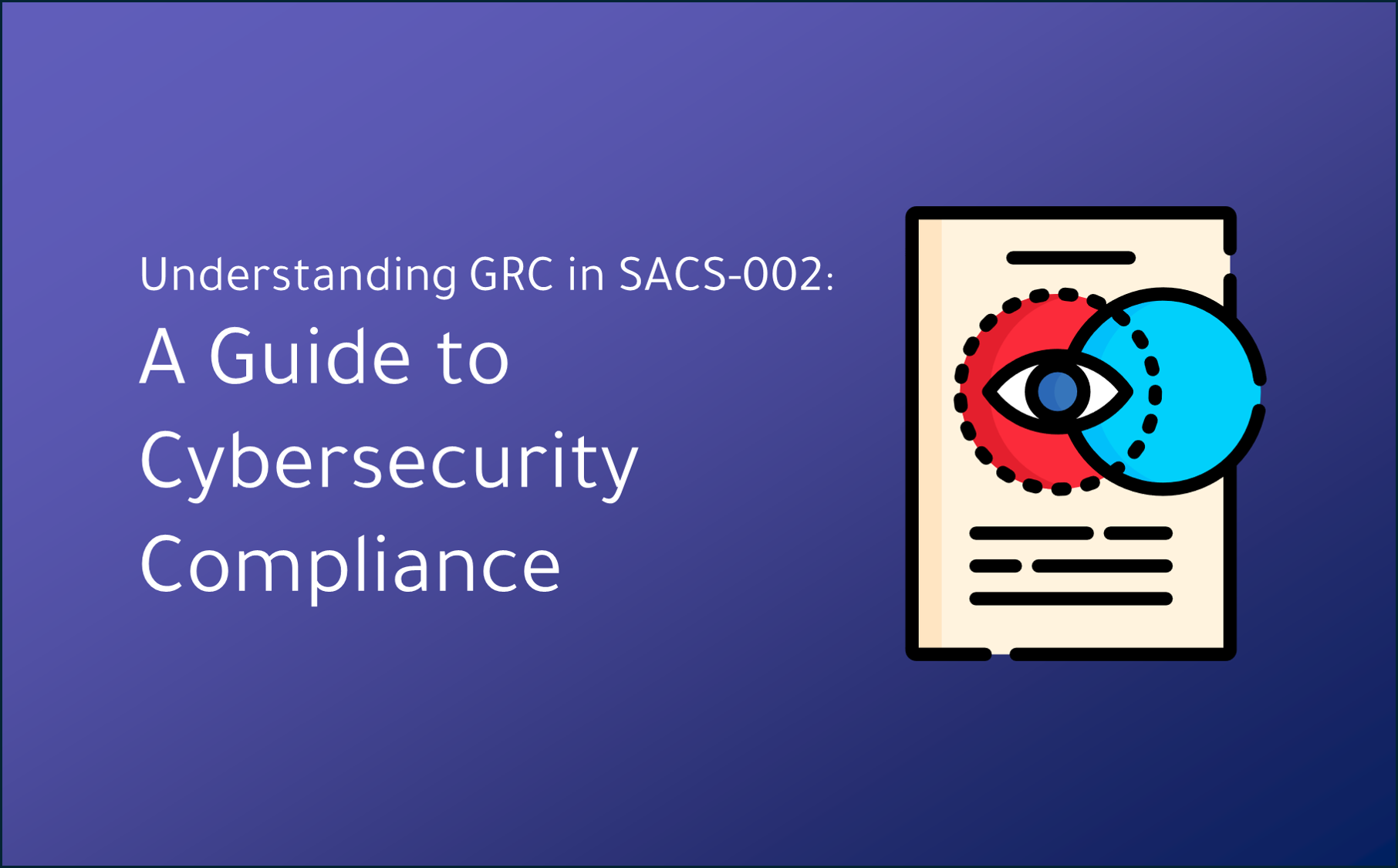Podcast Information
Podcast Title: Why Multi-Factor Authentication (MFA) is Essential for Security
Podcast Description: This blog post argues that multi-factor authentication (MFA) is crucial for cybersecurity in today’s digital age. The author explains how MFA protects against password vulnerabilities, mitigates phishing attacks, and enhances security compliance. Furthermore, the post highlights that MFA reduces the risk of data breaches and adapts to remote work and cloud environments. Real-world examples are provided, emphasizing the effectiveness of MFA in bolstering security.
Podcast Language: English
Podcast Category: Cybersecurity
Podcast Author: NotebookLM
In today’s digital age, cybersecurity threats are evolving at an unprecedented pace. From phishing attacks to data breaches, businesses and individuals alike are constantly at risk of having their sensitive information compromised. One of the most effective ways to combat these threats is by implementing Multi-Factor Authentication (MFA). But what exactly is MFA, and why is it considered a critical security measure? Let’s dive in.
What is Multi-Factor Authentication (MFA)?
Multi-Factor Authentication (MFA) is a security mechanism that requires users to provide two or more verification factors to gain access to a system, account, or application. These factors typically fall into three categories:
- Something You Know: Passwords, PINs, or security questions.
- Something You Have: A smartphone, security token, or smart card.
- Something You Are: Biometric data like fingerprints, facial recognition, or voice patterns.
By combining these factors, MFA significantly reduces the likelihood of unauthorized access, even if one factor (like a password) is compromised.
Why is MFA Critical for Security?
1. Protects Against Password Vulnerabilities
Passwords alone are no longer sufficient to protect accounts. Weak passwords, reused credentials, and phishing attacks make it easy for cybercriminals to gain access. MFA adds an extra layer of security, ensuring that even if a password is stolen, the attacker cannot bypass the additional authentication steps.
2. Mitigates Phishing and Social Engineering Attacks
Phishing attacks, where attackers trick users into revealing their credentials, are on the rise. MFA mitigates this risk by requiring a second form of verification that attackers cannot easily obtain, such as a one-time code sent to a user’s phone.
3. Enhances Compliance with Security Regulations
Many industries are subject to strict data protection regulations, such as GDPR, HIPAA, and PCI DSS. Implementing MFA helps organizations meet these compliance requirements by demonstrating a commitment to robust security practices.
4. Reduces the Risk of Data Breaches
Data breaches can have devastating consequences, including financial losses, reputational damage, and legal liabilities. MFA acts as a deterrent, making it significantly harder for attackers to infiltrate systems and steal sensitive data.
5. Adapts to Remote Work and Cloud Environments
With the rise of remote work and cloud-based services, securing access to corporate networks has become more challenging. MFA ensures that only authorized users can access critical resources, regardless of their location.
Real-World Examples of MFA in Action
- Google: Google’s implementation of MFA has reportedly blocked 100% of automated bot attacks and 99% of bulk phishing attempts.
- Microsoft: Microsoft found that accounts with MFA enabled are 99.9% less likely to be compromised, contact us for more information.
- Financial Institutions: Banks and financial institutions use MFA to protect customer accounts and prevent fraudulent transactions.
How to Implement Multi-Factor Authentication (MFA) Effectively
- Choose the Right MFA Method: Options include SMS-based codes, authenticator apps, hardware tokens, and biometric verification. Select a method that balances security and user convenience.
- Educate Users: Ensure that employees and customers understand the importance of MFA and how to use it correctly.
- Monitor and Update: Regularly review your MFA implementation to address emerging threats and improve user experience.
Conclusion
In an era where cyber threats are becoming increasingly sophisticated, Multi-Factor Authentication (MFA) is no longer optional—it’s a necessity. By adding an extra layer of security, MFA protects against password vulnerabilities, phishing attacks, and data breaches, ensuring that sensitive information remains secure. Whether you’re an individual or a business, implementing MFA is a critical step toward safeguarding your digital assets.
Don’t wait until it’s too late. Start using MFA today and take control of your cybersecurity.
Disclaimer:
The content of this podcast is generated by NotebookLM, an AI-powered tool designed to assist with creative and informational tasks. While every effort has been made to ensure accuracy and relevance, the information and opinions expressed in this podcast are AI-generated and should not be taken as professional advice, factual truth, or the views of any individual or organization. Listeners are encouraged to independently verify any information and consult appropriate experts or sources for specific guidance. The creators of this podcast are not responsible for any errors, omissions, or outcomes resulting from the use of this content. Enjoy responsibly!




